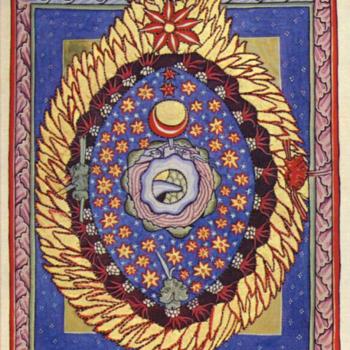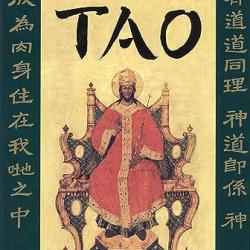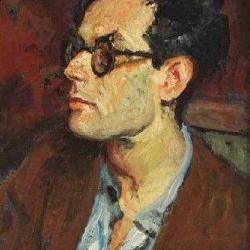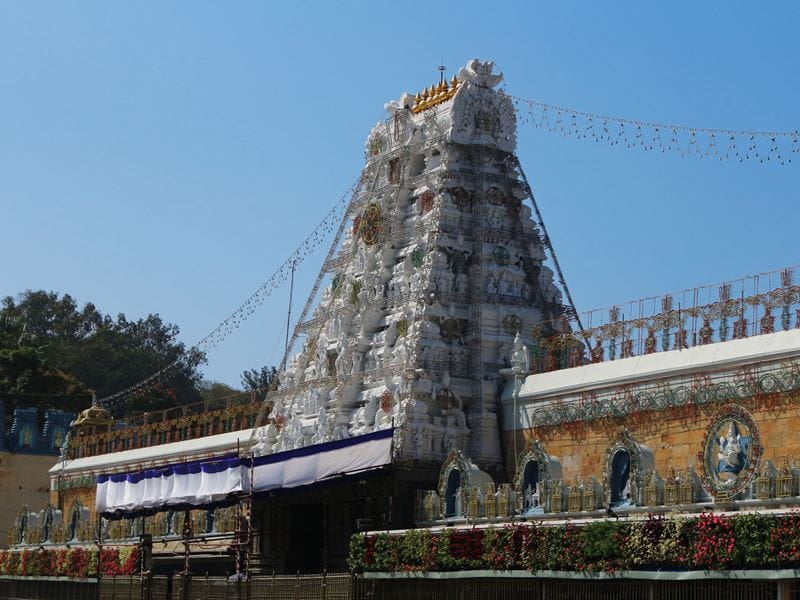
- Trending:
- History
- |
- Forgiveness
- |
- Marriage
- |
- Parenting
- |
- Suffering
- |
- Resurrection

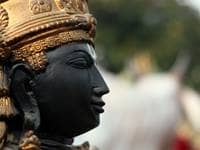
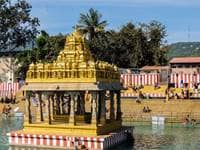
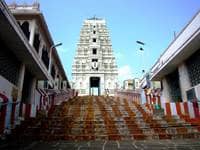

Also Known As:
Sri Venkateswara Swami Vaari Temple
Kaliyuga Vaikuntha
Sri Balaji
Associated Faiths:
Accessibility:
Open to visitors. Modest dress code. Expected to sign a document attesting that you are either Hindu or that you respect Hinduism.
Annual visitors: 12,000,000
History
The Sri Venkateswara Swami Vaari Temple is a holy site dedicated to the Hindu god, Lord Venkateswara (or Venkatesah). The Lord of Venkata, as his name literally means, is a form of the god Vishnu. Venkateswara came to the earth to save its inhabitants from the evils and troubles of our times. This specific temple commemorates that coming and the blessings available to worshipers through Vishnu’s appearance as Venkateswara.
The Sri Venkateswara Swami Vaari Temple has been called “the richest temple in the world.” While the construction of the temple apparently began in the 3rd century CE, in the years following, many endowments have been given to the temple and those who administer it, resulting it its accumulation of great wealth. For example, in the mid-tenth century, Samavai, the queen of Pallava, is said to have donated 23 acres of land, in addition to many precious jewels—though the bulk of its wealth was acquired during the 300-year Vajayanagara Empire, which donated an abundance of gold, diamonds, and other jewels.
Because of the temple’s wealth, the government run trust (which oversees the temple and its budget) uses the riches to maintain a bus system, several universities, in addition to multiple hospitals and banks. The temple’s funds also provide grants to authors who wish to research and write about Eastern philosophy. Thus, the temple takes in a great deal of money (through donations and puja), but it also expends significant amounts of money annually in philanthropic work.
The temple’s ownership has shifted many times during its 1700 years of existence. By the mid-17th century, it was under the control of the fortified city of Golconda. From there, it is believed that the French took control, followed by the Carnatic Sultanate. Thereafter, the British East India Company claimed control of the temple—though they did not interfere with its operations. In the early 1840s, the Mahants of Hathiramji Muth were granted control by the East Indian Company. Then, in 1933, the independent trust known as Tirumala Tirupati Devasthanams began to oversee the operation and finances of the Sri Venkateswara Swami Vaari Temple. That trust is governed by the Andhra Pradesh Government, and they currently take the revenue the temple generates, and use it as the government sees fit.
Religious Significance
Among India’s thousands of Hindu temples, the Sri Venkateswara Swami Vaari Temple is said to be one of only eight Swayambhu Kshetras of Vishnu. This means, this is one of only eight Hindu temples in operation today where practitioners actually believe the god Vishnu physically appeared. He did so of his own volition, without provocation, and divinely provided the murti (or image) which is worshiped at the “sacred site.” Thus, being the place where one of Hindu’s most loved gods formerly walked, pilgrims almost universally see this as one of the world’s most holy sites.
Visiting any Hindu temple provides the patron blessings in some form or other. However, not all temples are seen as equal in what they can provide. So important and powerful are the blessings associated with the Sri Venkateswara Swami Vaari Temple, that it—and the advantages of making a pilgrimage to it—are actually mentioned in the Rig Veda, one of Hinduism’s most sacred texts. The 18 Asthadasa Puranas also mentioned the temple and its potential blessings. Both of these holy books speak of Lord Venkateswara as the great “bestower of boons,” and pilgrims flock here daily because of the promises in scripture regarding what he can and will do for Hindus who openly and faithful worship him. For those who engage in puja in the Sri Venkateswara Swami Vaari Temple, and feel their prayers have been answered, the sacral nature of the site is greatly enhanced.
Darshan, or the viewing of the deity, happens in the Sri Venkateswara Swami Vaari Temple from 3am until midnight. During those hours, there is typically a never-ending stream of pilgrims waiting in line to view the statue and to be viewed by it. Indeed, so sacred is this site (in the minds of its pilgrims) that the line to engage in darshan is on average 3-4 hours. However, if it happens to be the day of a festival, pilgrims will commonly wait for 12 hours or more to view the statue of Venkateswara. Actually, because of the constant flow of visitors, the darshan in this temple is a “walking darshan,” which means you don’t stop to gaze upon the murti (or image). Rather, you must constantly keep moving (so as to facilitate the never-ending movement of the line). Thus, one walks as slowly as the press of the crowd will allow, gazing at the god and hoping that the god sees you there worshiping him. Some pilgrims see this as a “once-in-a-lifetime” encounter, walking where Vishnu actually walked, and hoping to be seen by the god while visiting the shrine.
Hinduism does not teach the necessity of visiting a public temple or worshiping at any specific shrine. Indeed, most Hindus have a shrine within their own home, and worship there is considered as efficacious as worship at a public shrine. However, among Hinduism’s thousands of temples, there are just a few, unique beyond others—because of the events which happened there, the god which appeared there, or the blessings available there. Sri Venkateswara Swami Vaari Temple is such a place, and it is one of the most “sacred spaces” in modern Hinduism.



